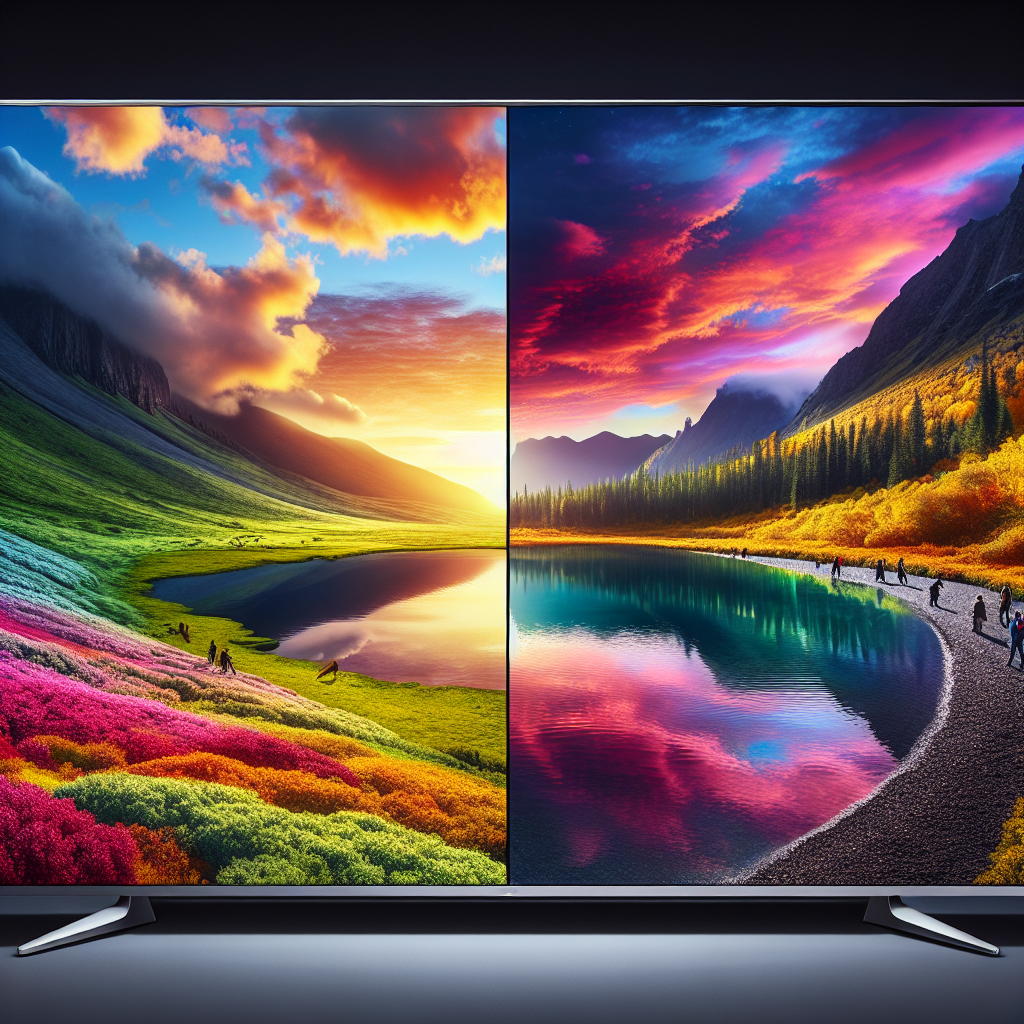Your cart is currently empty!
A Closer Look at HDR 10: What You Need to Know

High Dynamic Range (HDR) is a technology that has revolutionized the way we experience content on our screens. With its ability to display a wider range of colors and contrast, HDR enhances the visual quality of movies, TV shows, and video games, making them more immersive and lifelike. One of the most popular HDR formats is HDR 10, which is widely used in TVs, monitors, and other display devices. In this article, we’ll take a closer look at HDR 10 and what you need to know about it.
HDR 10 is an open standard format that was developed by the Consumer Technology Association (CTA) to deliver high-quality HDR content. It uses a 10-bit color depth, which means it can display over a billion colors, compared to the 16.7 million colors that can be displayed by standard dynamic range (SDR) content. This results in a more vibrant and realistic image with greater detail and depth.
One of the key features of HDR 10 is its support for static metadata, which provides information about the content’s brightness and color values. This allows the display device to optimize the image quality based on the specific characteristics of the content, ensuring that it looks its best on the screen. In contrast, dynamic metadata formats like Dolby Vision can adjust the image settings on a scene-by-scene basis, providing a more precise and nuanced HDR experience.
To enjoy HDR 10 content, you’ll need a display device that supports the format, such as a TV or monitor with HDR capabilities. You’ll also need content that has been encoded in HDR 10, which is becoming more common in streaming services like Netflix, Amazon Prime Video, and Disney+. Many Blu-ray discs are also available in HDR 10, providing a high-quality viewing experience for movie enthusiasts.
When watching HDR 10 content, you may notice that the colors are more vibrant, the contrast is more pronounced, and the details are more defined. This can make a significant difference in how the content looks on your screen, especially if you’re used to watching SDR content. HDR 10 can also improve the viewing experience in brightly lit rooms or dark environments, as it enhances the overall image quality regardless of the lighting conditions.
In conclusion, HDR 10 is a powerful technology that enhances the visual quality of content on our screens. With its support for a wide range of colors and contrast, HDR 10 provides a more immersive and lifelike viewing experience. As more devices and content adopt HDR 10, it’s becoming easier for consumers to enjoy high-quality HDR content in the comfort of their own homes. So if you’re looking to upgrade your viewing experience, consider investing in a display device that supports HDR 10 and start enjoying the benefits of this groundbreaking technology.
#Closer #HDR,hdr 10

Leave a Reply